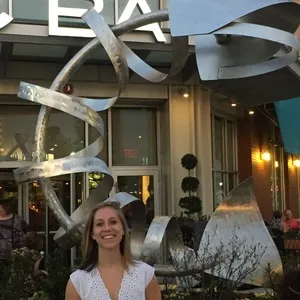If you haven’t noticed yet by my recent articles, I hope to aid to the voice in the movement to not only better our planet’s environment, but to get people — especially those considered millennials — excited about ways to eliminate food waste, water usage, our carbon footprint, etc. The best part is as I share all this information with you guys, I am learning about it for the first time too. I must admit, I had never heard of an aquaponics system before researching the system recently. Now that I have, it is definitely worth writing about, because who doesn’t want the excuse to own pet fish to help the environment?
For those who don’t know what an aquaponics system is, it’s basically combining aquaculture (raising your fish), with hydroponics (growing plants and vegetables without soil). You are taking care of your fish and your plants together in one system. The fish waste becomes the food source for your plants and the plants provide the natural filter for your fish. There is one more aspect; you need worms that are a part of the system as well. They do the job of converting the waste from the fish into food for the plants.
You might be asking, how does this benefit the environment? By combining your fish life with your plant life, there is no toxic runoff from either part of the system. The best part is the aquaponics system only uses 1/10th of the water that you would need if you grew your plants in soil, thus you are saving a ton of water. Also, you don’t need to use any fertilizer, which would otherwise seep into the ground.
Choosing Your Fish Tank
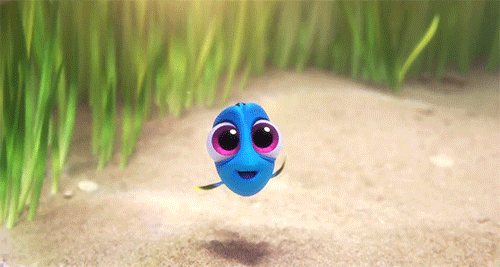
GIF courtesy of Tumblr.com
Okay, so now that you are caught up, how do you choose the right tank to start your aquaponics system? You definitely should plan to get some cute pet fish, name them after Finding Dory characters (because why not) and give it a go with these tips to help get you started.
The Shape of the Tank Matters

Photo courtesy of Kate Field on Flickr
Okay, so depending how much room you have in your yard and where you want your system, square or rectangle shaped tanks work pretty well, if that’s the best for you and where you want to put it. However, a circular tank is the best option.
By having a circular tank, it allows better water circulation and flow in the tank, which then improves the water quality and well being of your fish. The shape allows for your fish to swim against a current, which is something fish naturally enjoy to do. Also, it helps increase the rate of gaseous exchange between the air and water, which is good for the health of the fish as well.
The most important part regarding the shape of your tank is that you make sure the shape allows water flow. Even if you go with a rectangle shaped tank, try to pick one with rounded edges, because without the water flow the fish waste will build up in the corners of the tank and will cause harmful bacteria to grow.
What Material Should You Buy?
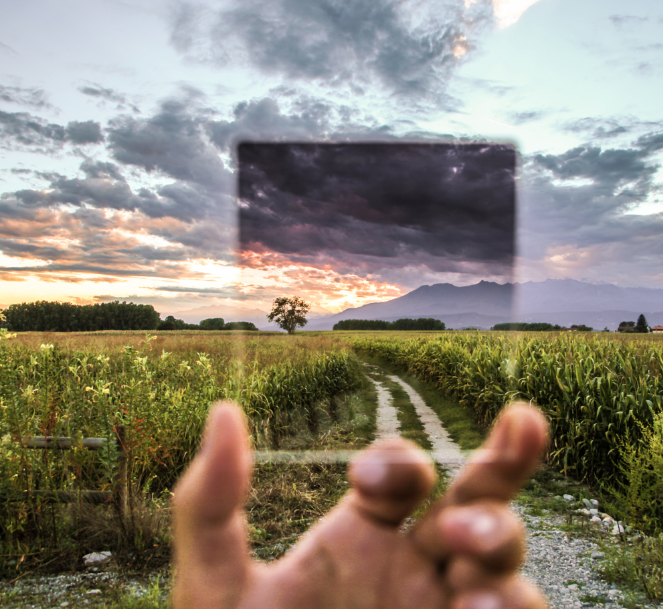
Fiber Glass, Photo courtesy of Pexels.com
For and foremost, it’s a given that the tank needs to be waterproof. Most of the aquaponics tanks are made from what is called food-grade plastic. You can also get tanks made from fiberglass. You can find these at most home stores, DIY or Aquaculture stores.
You want to make sure the material you choose is durable, and cannot contain any chemicals, which could leak into the water of your system and potentially harm the health of your fish and your plants. This would not be good for little Nemo, he needs to be healthy for your plants to be healthy. Also, if you are growing food with this system; you don’t want to consume any chemicals either from the fish (fish are friends not food) or from the vegetables.
Lastly, make sure the material is good for blocking sunlight. Too much sunlight will promote algae, which could deprive your fish and plants of beneficial bacteria that helps sustain growth.
Materials you should definitely be avoiding are copper, zinc and galvanized tanks. These materials are not good for your fish and should not be used.
How Big Should You Go?

GIF courtesy of Tumblr.com
It is recommended that your fish tank should be at least 1,000 liters or more to create a successful aquaponics system. The more space you have to increase the tank volume, the better it is for beginners because it allows more room for mistakes. The process is slower with a bigger tank, giving you more room for error.
The Ratio To Your Grow Bed
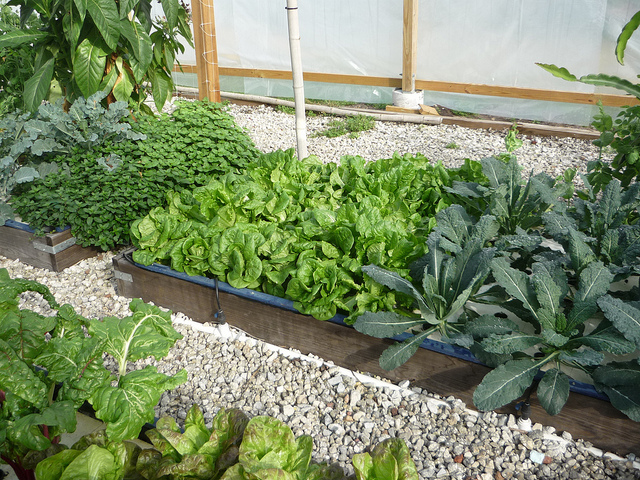
Photo courtesy of U.S. Department of Agriculture on Flickr
The ratio to the size of your grow bed for you plants and vegetables to your tank should start as 1:1. Over time, your ratio can change to 2:1 if you wish to increase the size of your ratio and expand your grow bed to have more vegetable options.
Choosing Your Fish May Help Determine What Tank to Get
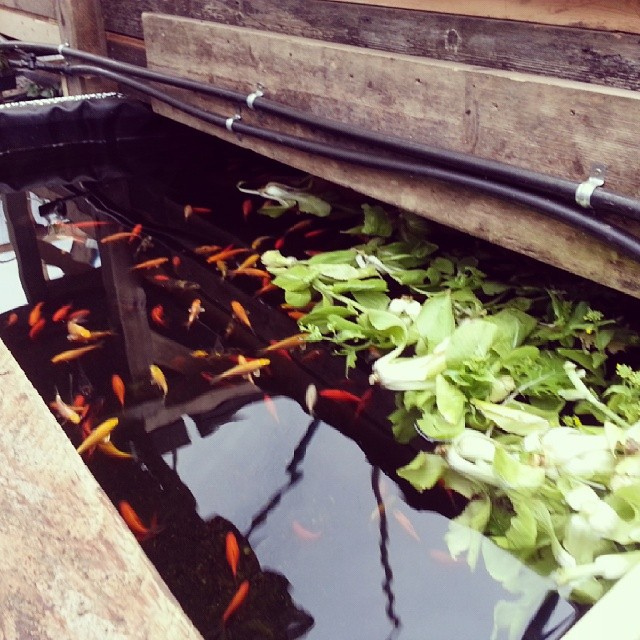
Photo courtesy of Urbanfoodwarrior on Flickr
This depends on what you want to do with little Nemo. The factors that you have to decide beforehand are:
- Are you planning on eating the fish?
- Do you just want cute fish to look at?
- What is the climate/weather of your home’s location?
- Do you want the fish to be carnivores, omnivores or herbivores?
After you answer these questions, which are personal to your preference of what you want for your fish, you will know what fish to get. Thus, telling you how big they are and how much room they need. However, there is also a guide to help choose the right fish for your aquaponics system. If you plan on eating your fish, here’s why farm raised fish could be better for you and the benefits of raising your own.
All of these factors are important when deciding on which tank is best for you and your aquaponics system. Nemo does need a home, and why not have it be your own backyard? I will be honest, it will be a little costly to set up and build your system. However, you will be saving money in the end, as you won’t be buying most of your vegetables, fish or the supplies needed to sustain your garden if it were growing in soil. There are ways we can help this planet now, not tomorrow or in the future, but today. These aquaponics systems are great for a new way of living that isn’t hard to start. Don’t just say you want to make a difference, but follow through with an action, Nemo will thank you for it.


